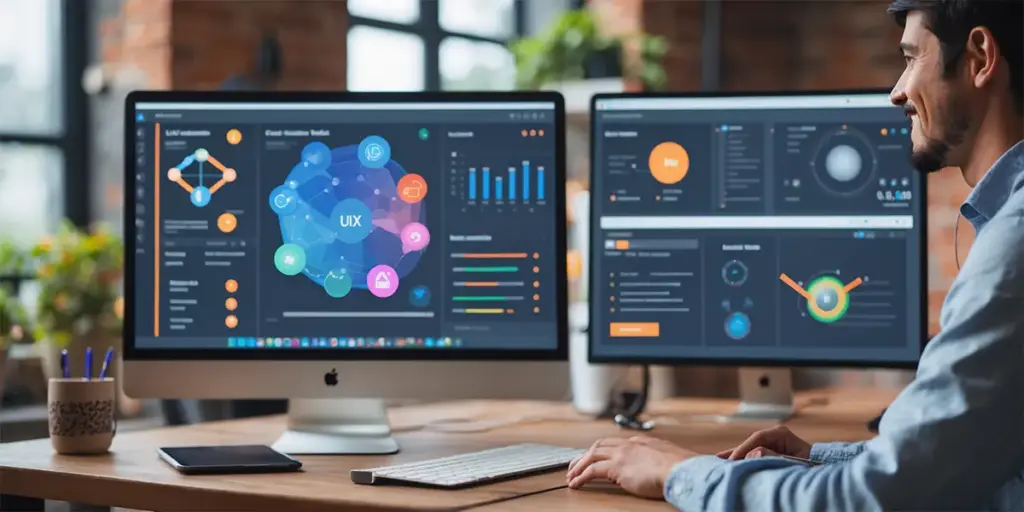
Data science is everywhere—it fuels business decisions, powers research, and helps us make sense of a world overflowing with data. But for all its technical brilliance, data science is only as good as the tools we use to access it. Imagine a powerful tool that’s impossible to figure out. Frustrating, right? That’s where user experience (UX) steps in.
Great UX makes data science tools accessible to everyone—not just experts. Whether you’re a business analyst, marketer, or educator, a well-designed interface can bridge the gap between complex technology and everyday users. The goal isn’t just to make tools functional; it’s to make them easy, intuitive, and, dare we say, enjoyable to use.
Why UX Matters in Data Science
UX is about more than just appearances—it’s how people interact with a product at every stage. In data science, this means designing tools that don’t just work but feel approachable. When tools are user-friendly, they reduce errors, speed up learning, and help users focus on solving problems instead of wrestling with software.
Take dashboards, for example. A well-designed dashboard offers multiple ways to visualize the same data, making it easier for users to extract insights without digging through code. Features like simple filtering, clear parameters, and customizable reports transform complex workflows into manageable tasks. When done right, these tools don’t just make data science accessible—they make it indispensable.
Making Tools Work for Users
One of the most powerful examples of UX in data science is Tableau. Instead of requiring users to write code, Tableau lets them drag and drop data elements to create stunning visualizations in minutes. This ease of use has made data analysis accessible to people who never thought they could handle complex datasets. Marketers can spot trends, financial analysts can identify opportunities, and educators can illustrate concepts—all without needing a degree in computer science.
This is the power of good UX: it empowers users to do more with less effort, enhancing productivity and reducing frustration. But designing such tools isn’t easy. Striking the right balance between simplicity and functionality is a challenge. Too much simplicity can strip away important features, while excessive functionality can overwhelm users.
Challenges in UX Design for Data Science
Creating a great user experience for data science tools comes with its hurdles. Flexibility is one of the biggest challenges. Different users have different levels of expertise and goals, so a one-size-fits-all approach rarely works. That’s where customization and personalization come in. By tailoring tools to individual needs, designers can ensure that everyone—from beginners to advanced users—gets the most out of their experience.
Another challenge is bridging the gap between design and functionality. Designers need to work closely with end-users to understand their pain points and test solutions. The goal is to create tools that feel intuitive while still delivering the power and precision that data scientists expect.
Why UX Is the Future of Data Science
As data continues to grow in importance, the tools we use to analyze it will only become more critical. UX is no longer a “nice-to-have”—it’s a competitive advantage. Businesses that prioritize user-friendly design in their data science applications will not only attract more users but also empower them to make better decisions.
Think about it: the most successful tools aren’t the ones with the most features; they’re the ones that people actually want to use. By focusing on UX, data science can reach new audiences, break down barriers, and create value for everyone.

